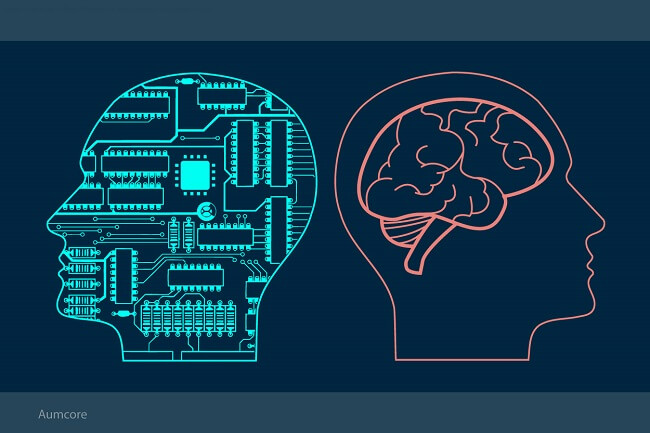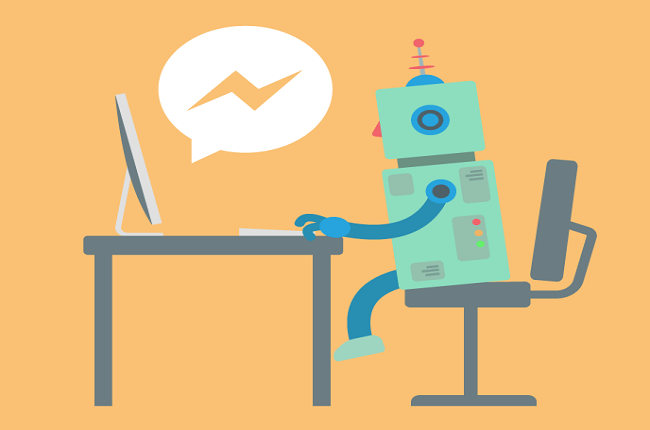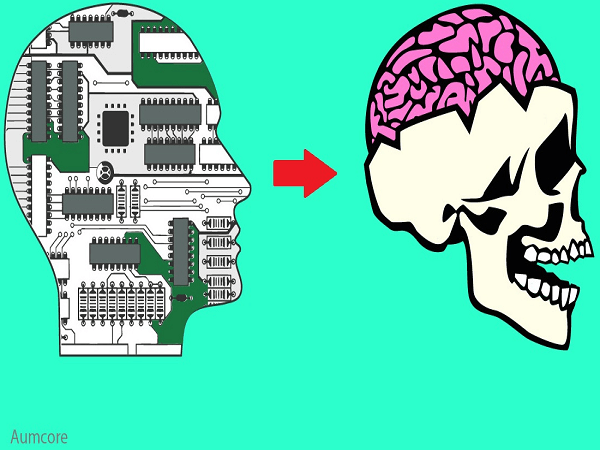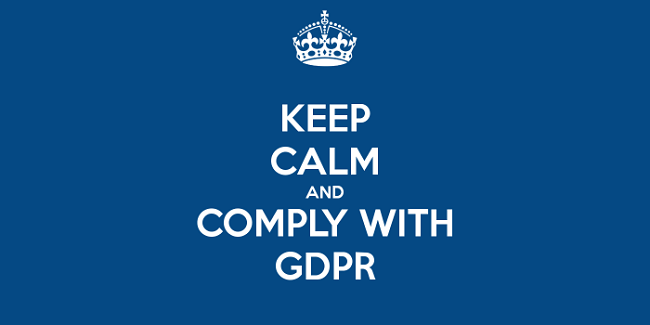We’re in the middle of a technological revolution championing artificial intelligence (AI) and its many facets. Standing above the rest are machine learning and natural language processing (NLP), two AI fields coming together to create chatbots, a technology that allows people like you and I to talk with computers as if they were regular people.
This is done through a conversational interface that can be programmed to be as complex as a real person (take a look at the Alexa Prize) or as simple as a question and answering tool. The more AI is used in its creation, the ‘smarter’ and more capable the chatbot will be. Because of this AI connection, chatbots can learn from use; with machine learning, they can use past interactions to shape future ones — they ‘learn’ what to do and when to do it.
Chatbots Are Constantly Learning
Delving deeper, the beauty of pairing chatbots with machine learning is that they’re constantly learning — every single interaction serves as a training block that facilitates future exchanges and makes them more responsive and useful. As such, chatbots are no longer limited to checking up on football scores or the weather; they have grown and evolved to become a whole new communication channel.
While not cognizant themselves, chatbots have become more human-like in their interactions. In fact, it’s gotten to the point where you sometimes have to ask yourself whether you’re talking with a real representative or a technologically-based one. This is due, in part, to the fact that as they learn, they become more relevant and useful to users. Think of a chatbot’s capabilities as an unfocused picture. The more use they get, the more they learn and the more focused the picture becomes.
Apart from learning from use, chatbots can be enriched with content on a regular basis for even more relevancy. For example, local content can serve as a starting point to get users comfortable. If it’s been raining, a simple “Hey! It’s been pretty wet lately, have you been keeping out of the rain?” works to start a conversation. After the user responds, the chatbot can revert back to business and prompt the user to continue interacting with it.
Content enrichment can also serve as a roadmap for users to navigate with. If there’s a seasonal sale going on, the chatbot can act as a harbinger of good news. If there are any best-selling items, the chatbot can list them for users. And with personalization, something else AI helps out with, chatbots can suggest products and services that are likely to lead to a conversion.
That being said, the best way for chatbots to learn is with a hybrid approach that combines learning and enrichment.
A Hybrid Approach

Natural language processing allows chatbots to understand our intent and instantly respond to it. However, as much as NLP facilitates our interactions with them, there are instances in which interactions are too complex for chatbots. For example, when they’re told or asked something and they respond with something along the lines of, “Sorry, but I don’t understand what you said.”
In these instances, a hybrid approach with human representative taking over while the chatbot runs in the background comes into play. Instead of having an unsatisfied user with a subpar chatbot interaction, the combination of artificial and human intelligence creates a unified experience in which the chatbot gets the conversation going and the human brings it home.
A hybrid approach also works to pave the way for the perfect bot that can overcome all obstacles. How? Through learning directly from humans. For example, every instance in which a human takes over is an opportunity for the bot to learn something new. This can be done in two ways. The first is with machine learning — the chatbot runs in the background and identifies what reponses go with which queries. This process is then repeated until the chatbot has sufficient information that it can handle such instances by itself.
The second is through a log of the conversation up to the point where the chatbot stopped understanding the user. These occurrences can all be mapped and studied, leading to optimized and tailored responses to prevent similar misunderstandings in the future. In other words, the chatbot can be updated with new and enriched data that widens its breadth of understanding.
A Chatbot’s Role
And now we move to a chatbot’s role in the business world. As they become more and more complex, and as their role expands to include more functionalities, chatbots are turning into scalable solutions that can interact with users and improve the customer experience as a whole. For one, instead of searching using exact match keywords, a chatbot alternative acts as a natural search method that takes intent into consideration. Second, navigation is simplified with a chatbot that takes you wherever you go in as few clicks as possible. Third and last, there’s no better brand ambassador than a chatbot who spends all of its time on the brand’s website.
Ask a Chatbot to Search
The most common site search you’ll encounter works with exact keyword matches — if you search for “black strap heels,” the only results you’ll get are those that contain an exact match of “black strap heels.” Chatbots are different. With AI and NLP in tow, chatbots understand more and offer more variety in terms of what a user can ask. For instance, users can actually ask a question and explicitly specify their intent with words like who, what, where, when, why and how.
As a more natural search solution, chatbots can also use data from previous interactions to answer future questions. For example, if you previously asked the chatbot about a specific pair of shoes, but then changed the topic to shirts, telling the chatbot that you want to add the shoes to your cart won’t stump it — it remembers which shoes you were talking about before and understands that you want to add them to your cart.
Ask a Chatbot for Navigation
When a chatbot takes over site navigation, everything takes place in the same place. From a user’s perspective, this means that no time is lost as they familiarize themselves with the website. From a business’ perspective, this means that fewer people will leave the website prematurely because they couldn’t find what they were looking for, leading to a low bounce rate. In other words, chatbot-powered navigation means that instead of clicking on menu after menu, users just have to tell it what they want and they’ll get it.
Ask a Chatbot for News & Highlights
Finally, who better to ask for an organization’s news and highlights than a bot residing in the website itself? The way most websites are laid out, a brand’s ‘News’ and ‘Highlights’ sections are either bundled in one webpage or grouped under the same category page. More often than not, this means that unless site visitors are explicitly looking for news and highlights, they’ll leave the site without ever touching on them.
The same doesn’t apply for a website with a chatbot that delivers all the latest news to visitors as soon as they arrive. These bots don’t have to be intrusive — a simple “Hey! Did you know that we recently did…?” or “Have you heard the news? We’re currently having a sale with 50% OFF EVERYTHING!” every now and then will keep them apprised of all the latest a brand has to offer. If they like what they see, they can ask the chatbot to tell those more, who will then take them to the page that corresponds to what they liked.
Final Thoughts
Chatbots are being used to automate tasks and free up human resources in every industry imaginable. In fact, Gartner Research predicts that by 2020, consumers will handle 85% of their engagement with businesses without ever interacting with a human. This is because chatbots have no downtime; they work 24/7. Chatbots can also take over many customer touchpoints, streamlining their time on site and simplifying the customer journey. And finally, when you get down to it, chatbots are just fun to use.





Tell us your thoughts in the comments